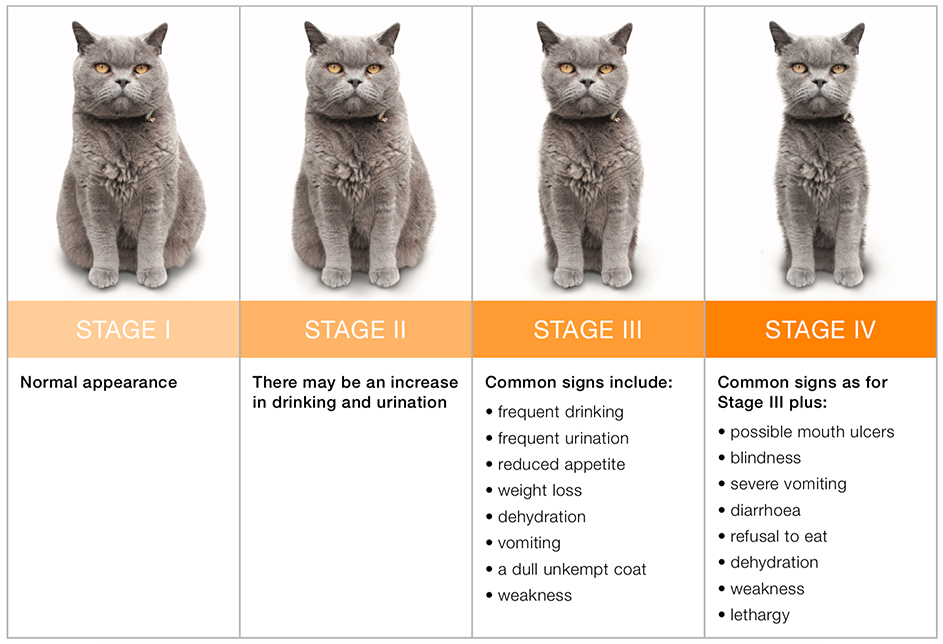KFJ6T
jbmst
Feline immunodeficiency virus (FIV)
Disease overview
Feline Immunodeficiency Virus (FIV) is a virus which can cause a serious and potentially fatal disease by depressing the immune system of an infected cat. Australia has one of the highest rates of FIV infection in the world, with a recent study showing that 15% of cats with outdoor access (more than one in seven) tested positive for FIV.
Feline immunodeficiency virus (FIV)
How is it transmitted?
The virus is present in the saliva of infected cats and the most common way for a cat to be infected is by being bitten during a cat fight – cats like to have their own territory and it is common for them to squabble over boundaries. Although uncommon, it is also possible for an infected female cat to pass on the infection to her kittens during pregnancy.
How is it diagnosed?
- Diagnosis is by blood testing
- It can take up to 3 months after infection to be able to detect FIV infection on blood tests.
Clinical signs
- Shortly after infection an infected cat may show signs such as a fever, lethargy and swollen lymph nodes
- As the disease progresses, signs which may develop include chronic gingivitis (inflammation of the gums), secondary infections of the skin, gut or respiratory tract (with bacteria, other viruses or parasites), and weight loss
- In some cats infected with FIV, the immune system becomes too weak to fight off other infections and disease, resulting in death.
- FIV has also been shown to increase the risk of lymphoma, a type of cancer.
Risk factors
- Cats with outdoor access
- Cats which haven’t been desexed as they are more prone to fighting
- Cats living with infected cats
- Stray or feral cats in the area.
Treatment
- Treatment involves management of any secondary diseases which develop
- There is no cure for feline immunodeficiency virus.
Prevention
- FIV can be prevented by stopping cats coming into contact with FIV positive cats i.e. by keeping them exclusively indoors
- For cats with any outdoor access, or those living with an FIV infected cat, an FIV vaccine is available.
Sources
Westman et al (2016). Seroprevalence of feline immunodeficiency virus and feline leukaemia virus in Australia: risk factors for infection and geographical influences (2011–2013). Journal of Feline Medicine and Surgery.
Feline chronic kidney disease
Is your cat hiding
Chronic Kidney Disease?
It is estimated that almost 400,000 cats in Australia may have chronic kidney disease,
with many not showing any clinical signs. 1,2,3,4
Disease overview
Chronic kidney disease is a common condition in older cats, and usually occurs due to a progressive loss of function over time. The kidneys may be damaged by a variety of causes, however in most cats the underlying cause is unknown. Regardless of the cause, damage to the kidneys can impair their ability to function and remove waste products from the blood. Signs of chronic kidney disease are seen when the kidneys are unable to adequately filter blood or concentrate urine.
Possible causes.
Damage to the kidneys can occur due to:
- Infections
- Toxins
- Hypertension (high blood pressure)
- Certain drugs
- Normal wear and tear
How is it diagnosed?
- Clinical signs noticed by pet owner
- Veterinary physical examination (e.g. palpating the kidneys)
- Blood and urine tests
- X-rays, ultrasound
Feline Chronic Kidney Disease
Clinical signs
Cats with chronic kidney disease may pass through a number of stages.
The following signs may be seen in each stage:

Risk factors
- Mature, senior or geriatric cats over the age of 7
- Underlying disease (e.g. hypertension, hyperthyroidism)
- Genetic predisposition
- Infections
- Poor nutrition
Treatment options include
- Fluid therapy to correct dehydration
- Dietary modification
- Veterinarian prescribed medication
- Treatment of an underlying disease (e.g. hyperthyroidism)
Prevention
- Catching the disease early improves the prognosis
- Routine veterinary check-ups and screening for mature and older cats can help early diagnosis
- Blocking access to toxins and poisons
- Feeding a balanced, healthy diet
Sources
- Animal Medicines Australia (2016) Pet Ownership in Australia.
- Marino, C.L. et al (2014) Prevalence and classification of chronic kidney disease in cats randomly selected from four age groups and in cats recruited for degenerative joint disease studies. J Feline Med Surg, 16(6), 465-472.
- Sparkes, A.H. et al (2016) ISFM consensus guidelines on the diagnosis and management of feline chronic kidney disease. J Feline Med Surg, 18(3), 219-239.
- Watson, A. (2001) Indicators of renal insufficiency in dogs and cats presented at a veterinary teaching hospital. Aust Vet Pract, 31(2), 54-59.
Feline acute kidney disease
Disease overview
Kidney disease is the inability of the kidneys to remove waste products from the blood. When the kidneys are damaged in a short period of time, it is referred to as acute kidney disease. Acute kidney disease may be treatable if the cause is diagnosed very early and treated immediately. If the damage is permanent, it causes chronic kidney disease.
Feline Acute Kidney Disease
Possible causes include:
- Poisoning from ingestion of antifreeze, pesticides, cleaning fluids, Easter lilies and some human medications
- Blockage in the lower urinary tract associated with feline lower urinary tract disease (FLUTD)
- Blockage caused by a congenital (present from birth) bladder defect
- Trauma to the abdomen
- Shock due to sudden blood loss or rapid dehydration
- Blood clot blocking the renal arteries
- Heart failure when associated with low blood pressure.
How is it diagnosed?
- Clinical signs noticed by pet owner
- Veterinary physical examination
- Blood tests, urinalysis
- X-rays, ultrasound
- Kidney biopsy.
Clinical signs
- Decreased appetite
- Vomiting
- Acute onset of diarrhoea
- Dehydration and decreased urine output
- Abdominal pain on palpation
- Oral ulceration from ingesting poisons or antifreeze
- Signs of a blow to the abdomen.
Risk factors
- Trauma
- Toxic poisoning
- Undiagnosed infections or blockages
- Severe hypertension (high blood pressure).
Treatment
- Acute kidney failure is treatable if caught in time, but requires emergency care, which may include fluid therapy, surgery, medications to correct electrolyte imbalances and intensive care.
Prevention
- Catching the disease early improves the prognosis
- Keep cats indoors to avoid trauma outdoors
- Block access to toxins and poisons.
Sources

